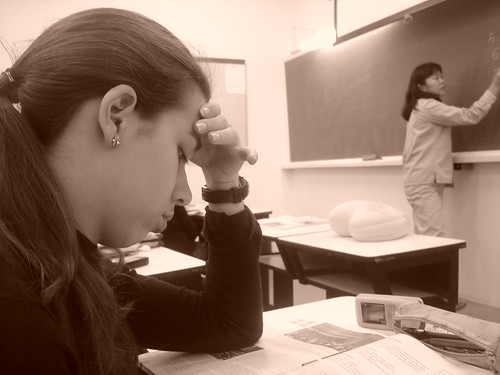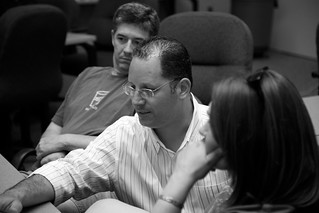 I just don't have that kind of stamina. I've twice in the past managed to sustain it for about a month; 31 Days. Every time the experience has changed the way I see the world around me. I notice things I've missed even though I walk past them every day; like that little tree ... I never noticed it until I started taking a picture a day for the 31 days of March, 2008.
I just don't have that kind of stamina. I've twice in the past managed to sustain it for about a month; 31 Days. Every time the experience has changed the way I see the world around me. I notice things I've missed even though I walk past them every day; like that little tree ... I never noticed it until I started taking a picture a day for the 31 days of March, 2008.
This is what happened in October of last year when I did this again with a larger group of teachers from around the world:
Anyway, I'm starting this up again and you're invited along for the ride. I've already heard from a couple of Manitoba educators who are interested in doing this and some folks from MICDS in St. Louis might join in the fun too; they might even have a few students join us ... I really like that idea.
I'm going to tag all my photos 31DaysOct09. Feel free to use the same tag. Tagging all your photos allows you to create nifty little slideshows of them like the one I have above. Even if you use the same tag as me you can pull out just your photos if you want to create your own slideshow.
If you'd like to join, with or without your students, you can sign up for the flickr group I started. We're starting tomorrow, October 1st. If you start late, that's OK too. There are no rules. We're just going to have fun ... and maybe start seeing things differently together.
- 9/30/2009 10:45:00 pm
- 7 Comments










